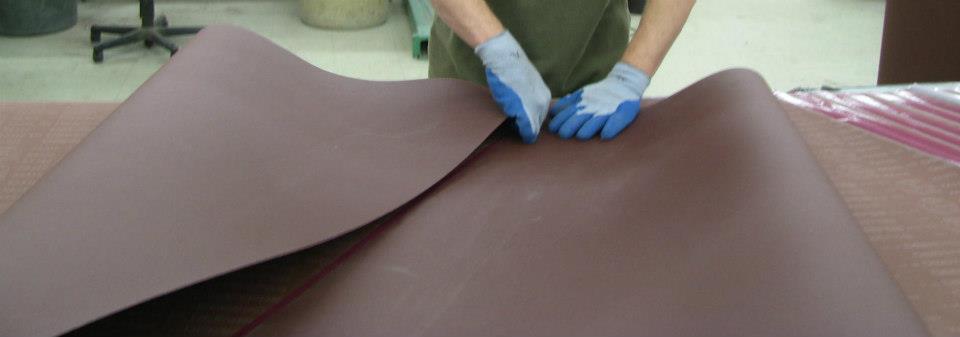Posted by Sandpaper America on Mar 24th 2021
Important Sandpaper FAQS You Want to Know
If you are new to the world of abrasives, there is a lot of information for you to know. But don’t feel overwhelmed; overtime, this information will come naturally to you during the course of your learning curve. Just like all hobbies, experience makes you better. To get started, it helps to enter an introductory phase of abrasives education. Begin with some of the most frequently asked questions about sandpaper. It is highly possible that you will find a few of your own questions listed below!

What is Sandpaper Made Of?
Sandpaper is a type of coated abrasive that is made up of various size granules adhered to a cloth or paper backing. The granules can consist of a variety of materials, mostly aluminum oxide or silicon carbide, but sometimes emery, garnet, zirconia alumina, and ceramic alumina are used. Sand and glass are no longer used to manufacture sandpaper.
What is Grit Size?
As mentioned, sandpaper is made up of various size granules. The finer the granules, the higher the grit count; the larger the granules, the courser the grit and the lower the grit count. The grit size you need depends on the application, whether you need to smooth and finish, roughen, or shape. Grit sizes can range from as low as 20, all the way up to 2000 or more.
Which Sandpaper Do I Use?
The grit and type of sandpaper you need to use depends on the intended application. For starters, if you are working with wood, stick with a silicon carbide based sandpaper. If you are working with metal, use an aluminum oxide based sandpaper. Furthermore, if you are simply finishing or smoothing, you want to use an extra fine abrasive; something below 100 grit. If you are removing material, such as paint, varnish, or uneven blemishes, stay between 120 and 150 grit sizes. If you are shaping or evening out unleveled surfaces, you want to use a course grit of at least 200.
What is Wet Sanding?
Wet sanding is necessary when you are trying to achieve an extra glossy finish and an even surface, such as with automotive painting or guitar polishing. It is generally applied after the dry sanding phase, and involves using a mild lubricant (usually soapy water or mineral spirits) to smooth out surfaces between coats.
Where Can I Buy Top Quality Sandpaper at Budget Prices?
Call Sandpaper America at 1-800-860-SAND for information about coated abrasives and sanding products, today! We offer a large online inventory of high-quality sandpaper and sanding products at the most competitive prices online! We manufacture our products in-house, so you can trust they are high-quality and shipped nationally. Find open coat and closed coat abrasives, belts, discs, rolls, and much more on our Sandpaper America Website, and see for yourself just how affordable sanding products can be!
You Might Also Like:
How to Sand Wood With Traditional Sheet Sandpaper
The Most Common Types of Sandpaper
How to Properly Store Sandpaper


